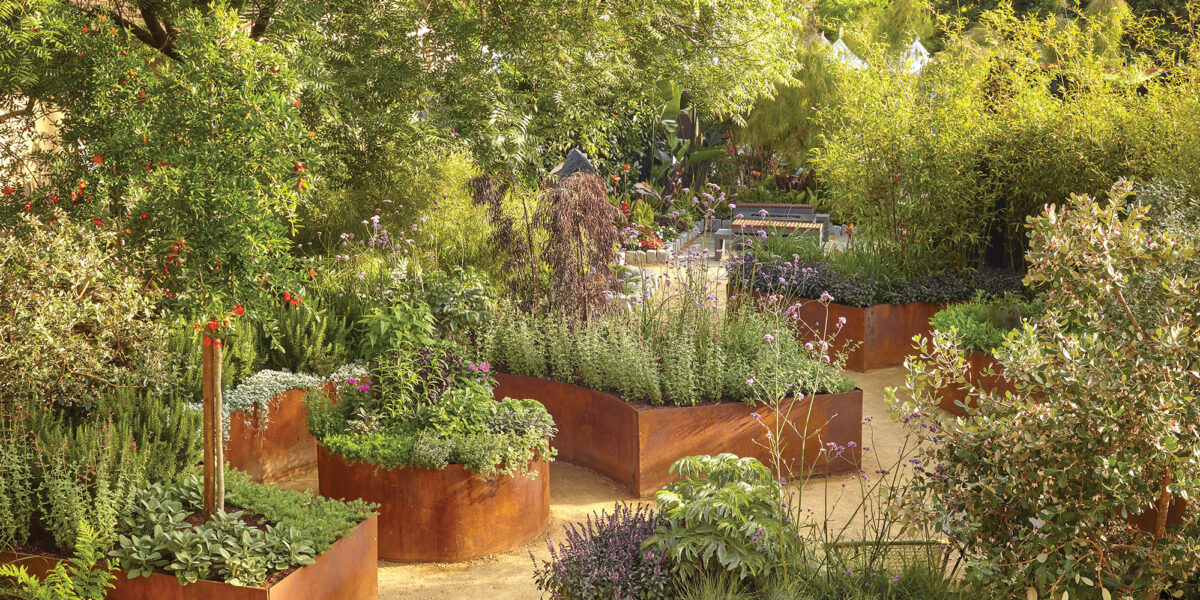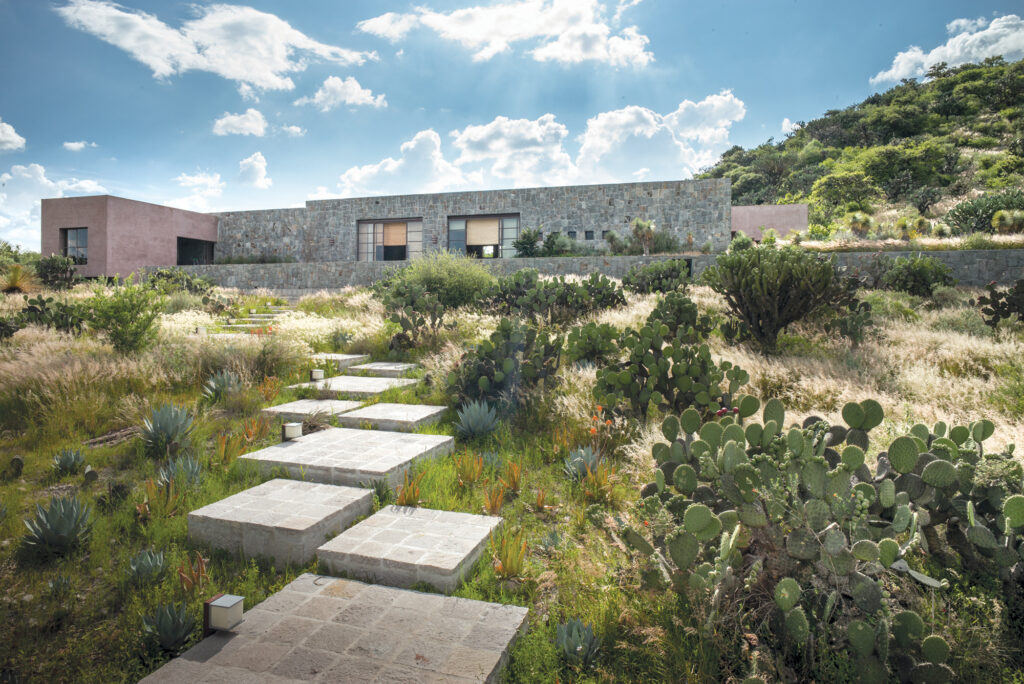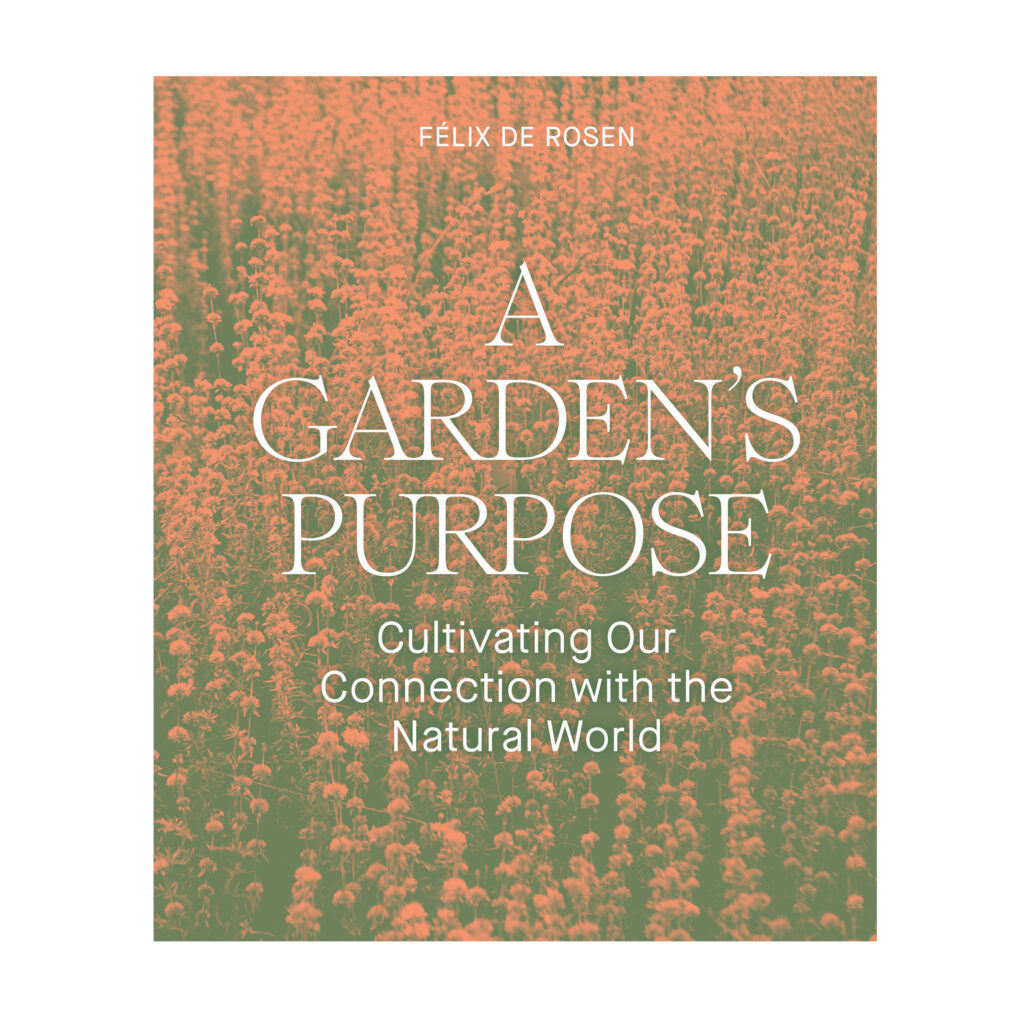
These Often Overlooked Details Can Take Your Garden from Good to Great
How ecological designer and author Félix de Rosen uses four structural design choices to change the way we rest and play outdoors.

Reprinted with permission from A Garden’s Purpose Copyright © 2023 by Félix de Rosen. Photograph copyright © David Fenton. Published by Princeton Architectural Press.
Autumn is the perfect time to rethink how we use our outdoor space. As we turn toward projects that might be less about planting and more about planning, we can find inspiration in making intentional style decisions that will connect us deeper with our surroundings. Here Félix de Rosen guides us on defining small design moments that create big impact.
Fencing
When it comes to creating boundaries, de Rosen suggests looking inward at our intentions. “In urban and suburban areas, I notice how often fences go up between properties because neighbors assume this is the norm. Landscape design actually becomes a way to avoid building relationships. Let’s aim for the opposite—inspire and collaborate with neighbors.” Consider the trend of combining backyards into shared, wild spaces or replacing fencing entirely with a hedgerow.

Reprinted with permission from A Garden’s Purpose Copyright © 2023 by Félix de Rosen. Photograph copyright © Tibo Dhermy. Published by Princeton Architectural Press.
Paths
De Rosen encourages you to consider all types of texture and materials to create passages on a budget. Gravel, decomposed granite, and pavers are all affordable and easy to install. “Paths take us on journeys. By influencing where we move and where we look in the garden, paths affect how we feel,” he notes. Rather than thinking of getting from point A to point B, create geometry that helps focus our attention and allows us to engage with specific parts of the garden.
Edges
Consider both moments of intentional separation and softness. For example, a patio can be separated from a planter by a metal divider or retaining wall, but a more gradual transition can be achieved by installing a gravel strip to create a slow gradient and relaxed flow into the new space. Using organic materials such as willow branches, repurposed wooden posts, or tree stumps can also define space with a more casual elegance.
Slopes
“It’s important to work imaginatively with topography instead of against it,” de Rosen advises. “In flat spaces, mounds and berms are powerful tools to add dynamism and movement.” Use slopes as a moment to create more intimate quiet spaces. Even the smallest changes in elevation can become focal points, such as implementing boardwalks, benches, and staggered planting areas to increase the planting footprint in smaller spaces.
Need motivation on where to start? De Rosen suggests asking this question: How can the project be a unique expression of myself? “Be clear about where you are OK with the presence of flora and fauna, and where you are not,” he adds. “The materials we use in our garden impact the presence of life, allowing us to make intentional decisions about how we integrate habitat into our gardens. Get creative, break rules, and if it doesn’t work, just try again.”
Buy the Book

Félix de Rosen
We only recommend things we love. If you buy something through our site, we might earn a commission.
